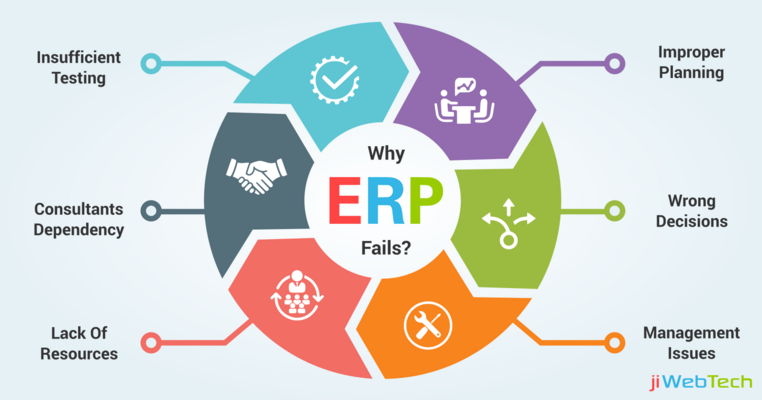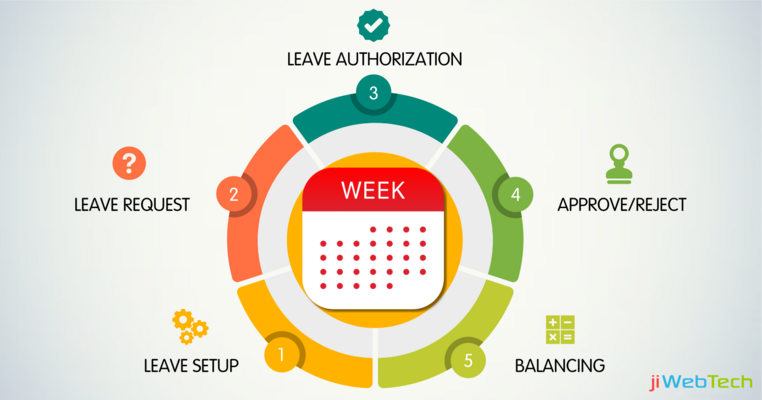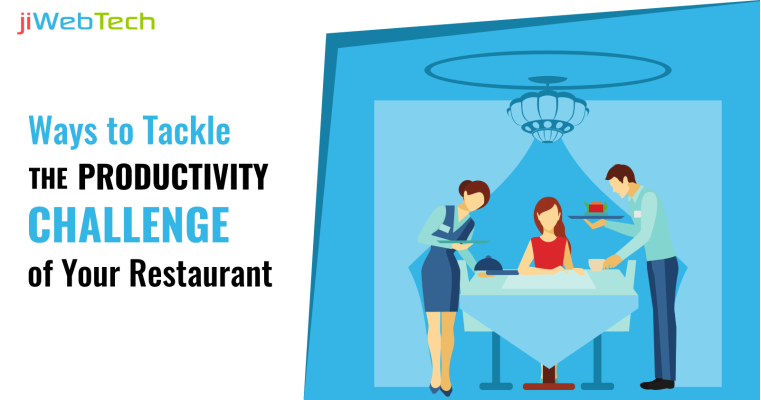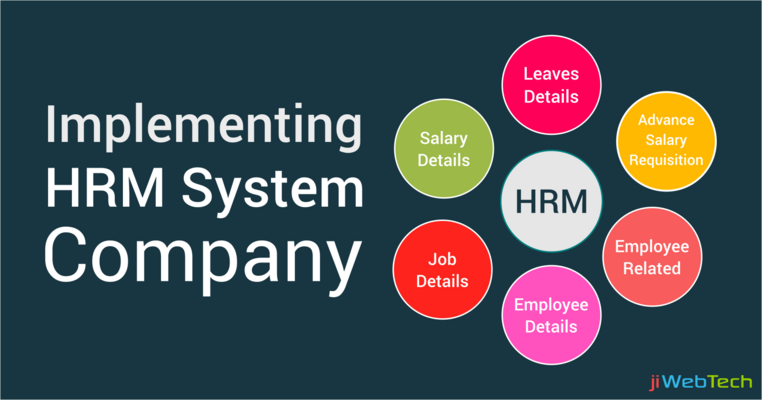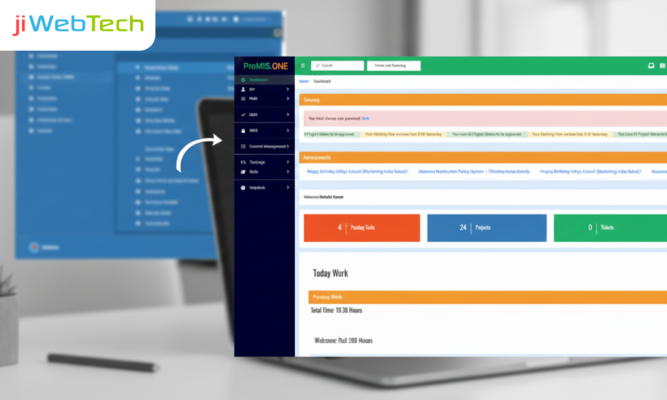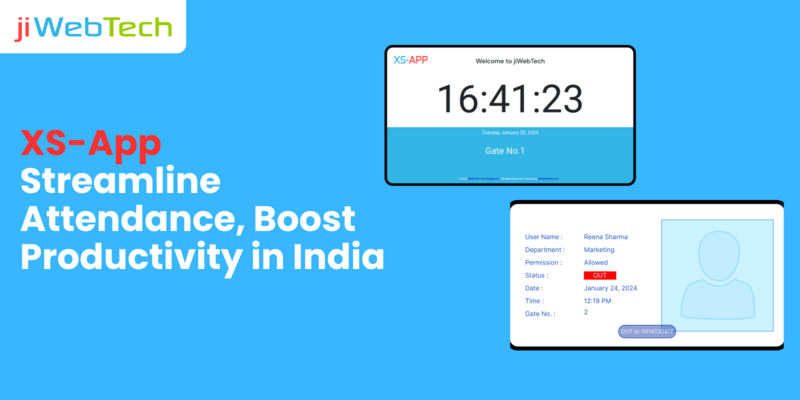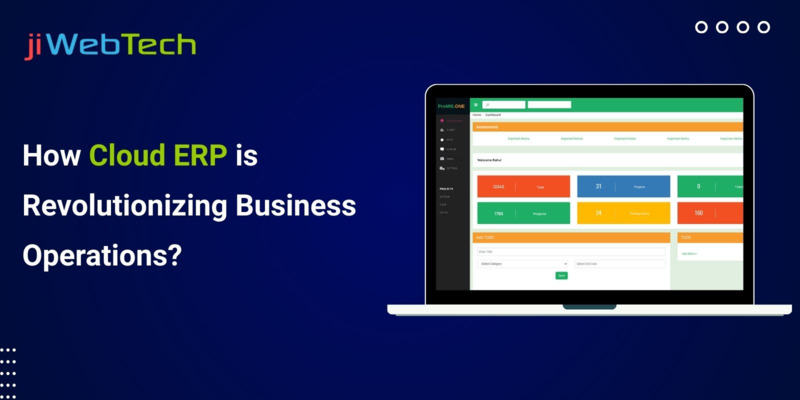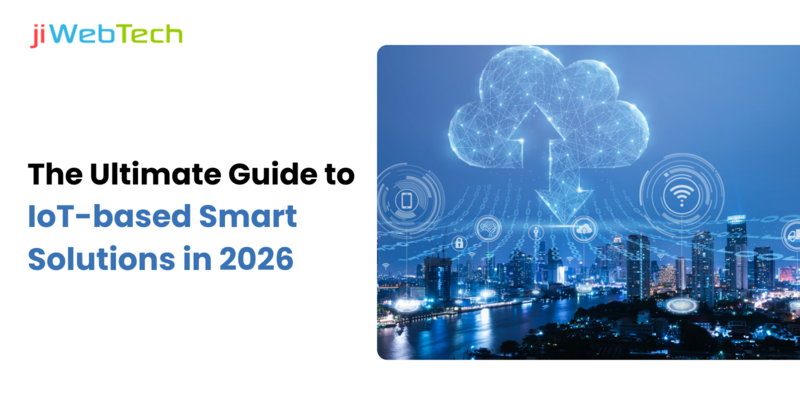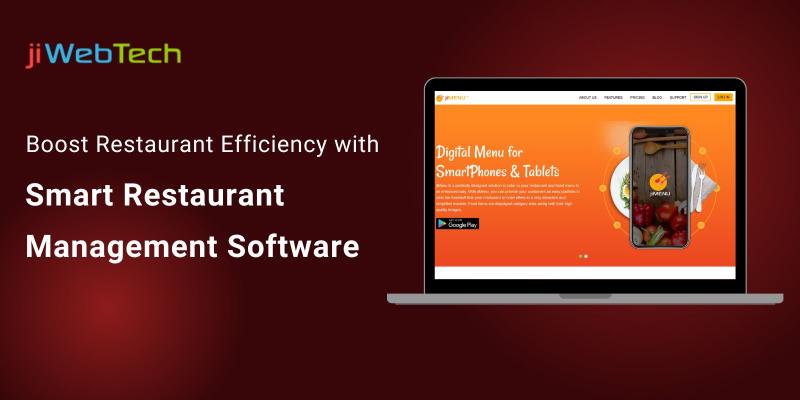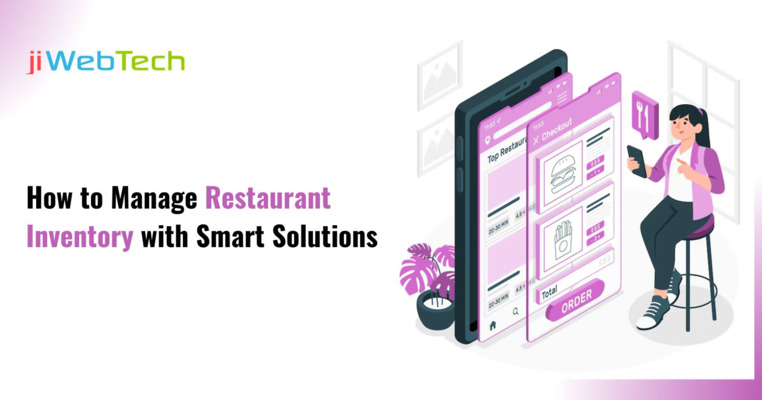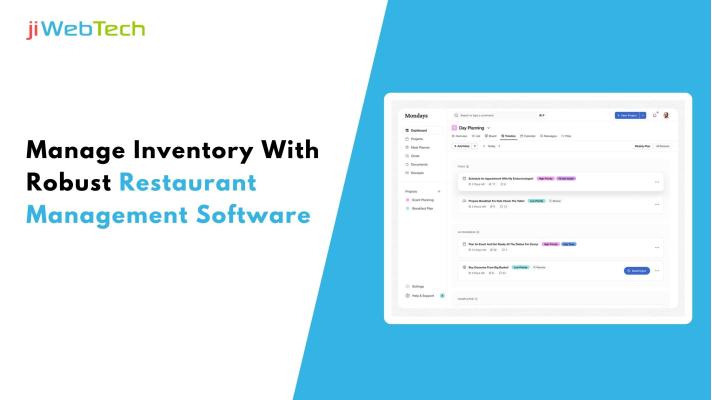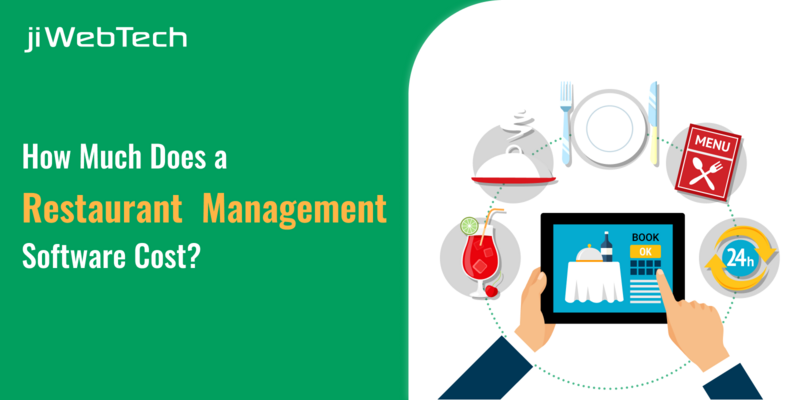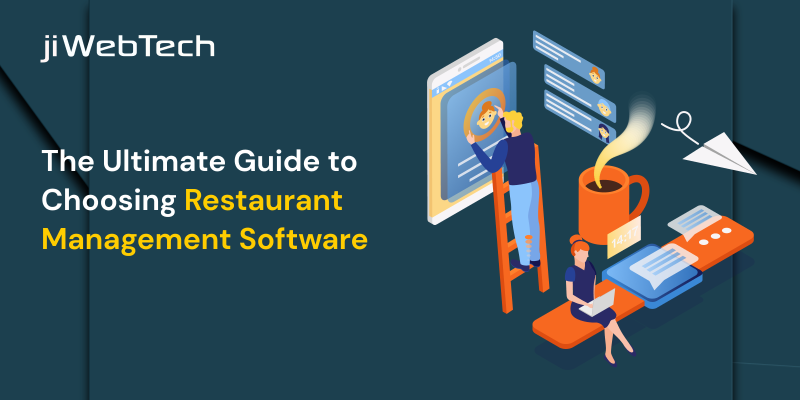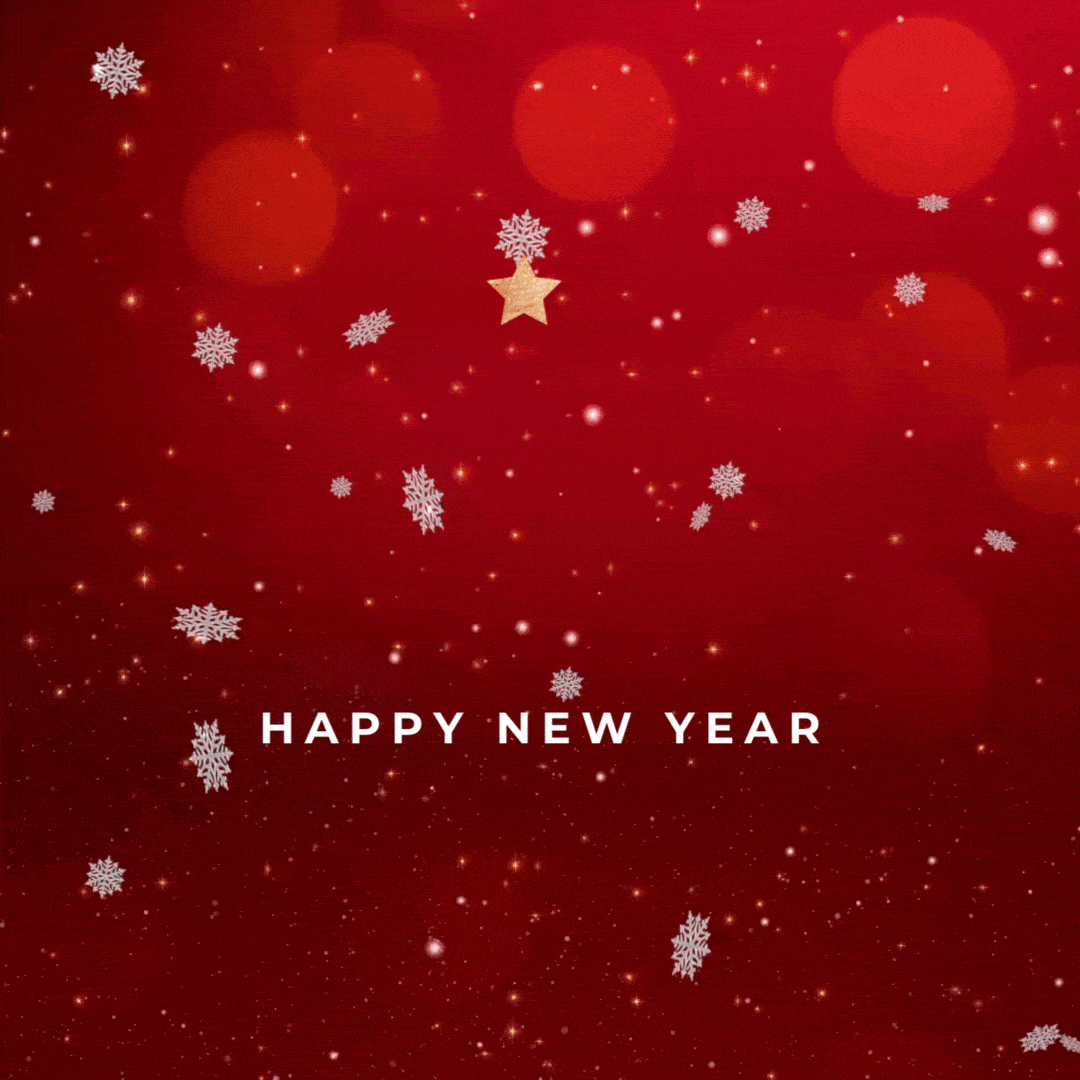- Oct 17, 2018
Share this post on:

For many administrators of Quick Service and Fast Casual restaurants, the logistical challenge of managing content across different locations areas can appear to be daunting and frustrating. The test is exacerbated for administrators who travel frequently to update menu content outside their offices. With, Digital Menu Technology tackles this issue by offering ways for administrators to conveniently and efficiently regulate their restaurants whenever from anyplace in the world all readily available.
When using jiMenu's Digital Menu Technology, consider these six tips for managing digital menu board content over different locations:
-
Determine Who is Allowed to Update Content: A standout amongst other highlights of Digital Menu Technology is the capacity to use dynamic content, which enables you to create various distinctive content options and pick what content to show on your digital menu boards. You can pick three content overlays to keep running on all menu boards at all restaurant locations. Then you can create five content overlay options and enable particular locations to pick and choose what overlay to show at any given time. It is a win-win since each store manager knows their individual restaurant best and you won't need to invest time managing individual content at the store level.
-
Train Your Operators: Indeed, even with the best content overlays in the world, your digital menu boards won't be viable if your operators do not know how to change them. Hold training sessions, make a "how to" report, and send emails to ensure your operators know how to update content. Webinars are powerful training tools since you can hold them quickly and make a recording to share to the individuals who cannot attend. You can host the online course yourself to present a preparation online course for your operators.
-
Create and Implement a Marketing Strategy: Before your design team produces digital menu content for your brand, consider how you can make the content function for you. Things, like presenting variable content, permitting restricted local control, and guaranteeing that your content can be effortlessly updated across the brand, will save you time and allow your restaurants to function effectively. While designing your strategy, also include your team members to increase valuable input.
-
Stay Organized: When you have an advertising technique and content calendar in place, use task lists and calendar reminders to stay organized. They can enable you to monitor multiple menu items, LTOs, marketing campaigns, and daypart changes. Submit creative requests well in advance and make note of important deadlines. When you are proactive and sorted out, you can better respond to market changes and keep your restaurants working smoothly.
-
Use a Content Calendar: Begin by figuring out what digital menu content you would like to feature in the next three to six months. Consider when to promote current marketing campaigns, make seasonal updates, or release LTOs. You will also need to choose when to make major menu updates, for example, including calorie counts or presenting a new menu offering. Spread out all the information in a schedule to arrange it.
By incorporating these tips into your Digital Menu Technology strategy, operators with restaurants in different locations can enjoy increased convenience and proficiency. That means you can dedicate additional time to building up your business and boosting your primary concern.
